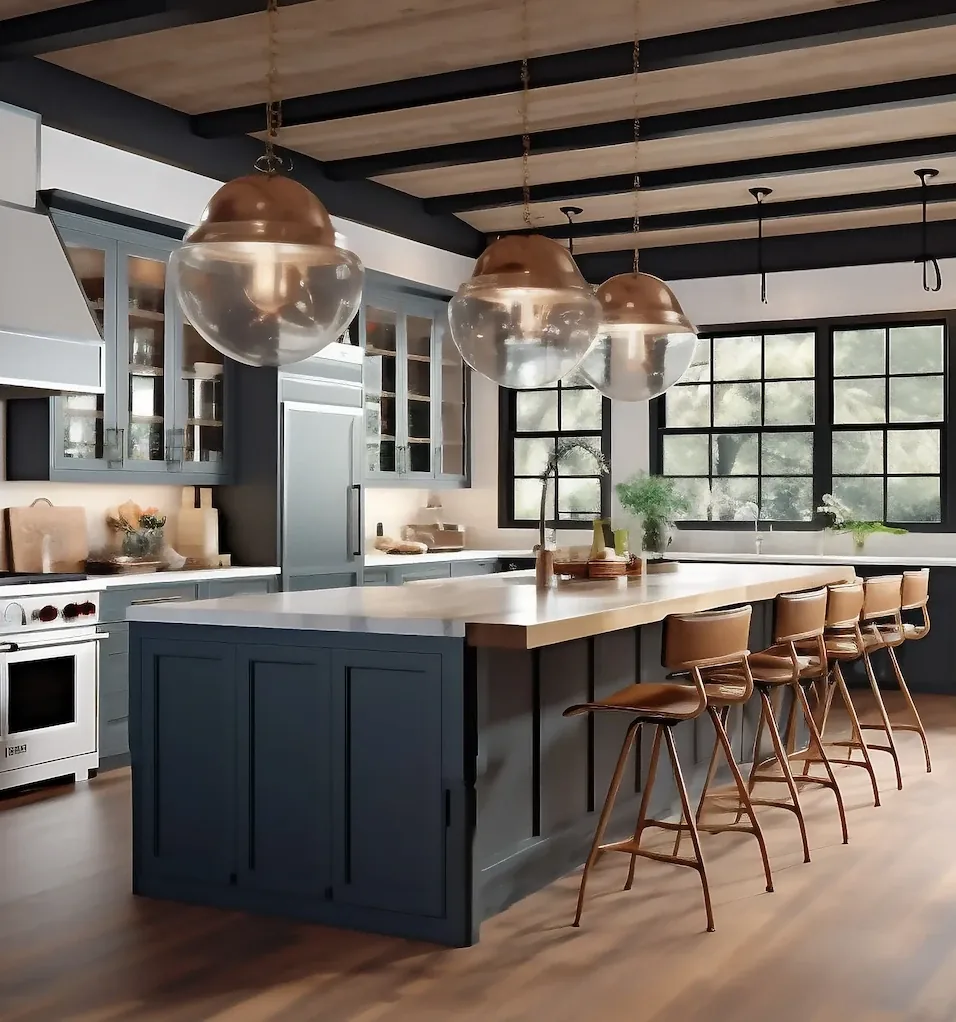Kitchens: The Latest, Top Articles
Get the most recent kitchen news and trends.
Articles: Everything Cabinets
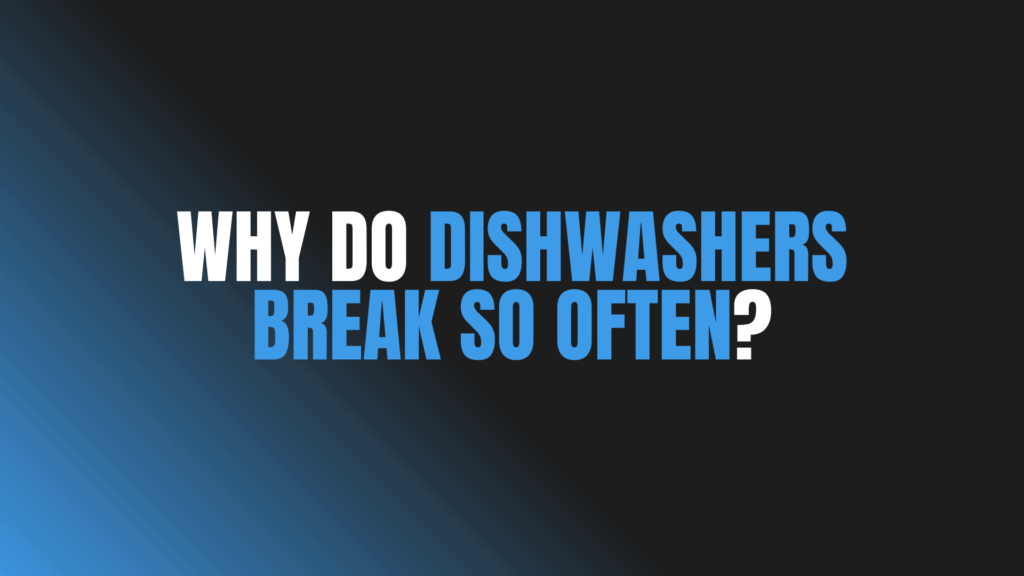
Why Do Dishwashers Break So Often?
Question: Why Do Dishwashers Break So Often? Answer: Dishwashers often break due to their complex components, frequent use, the presence of hard water, improper loading, and a general lack of maintenance like not cleaning the filter. Common Dishwasher Breakdowns and How to Fix Them Dishwashers are incredibly convenient, saving us valuable time and effort in … Continue reading Why Do Dishwashers Break So Often?
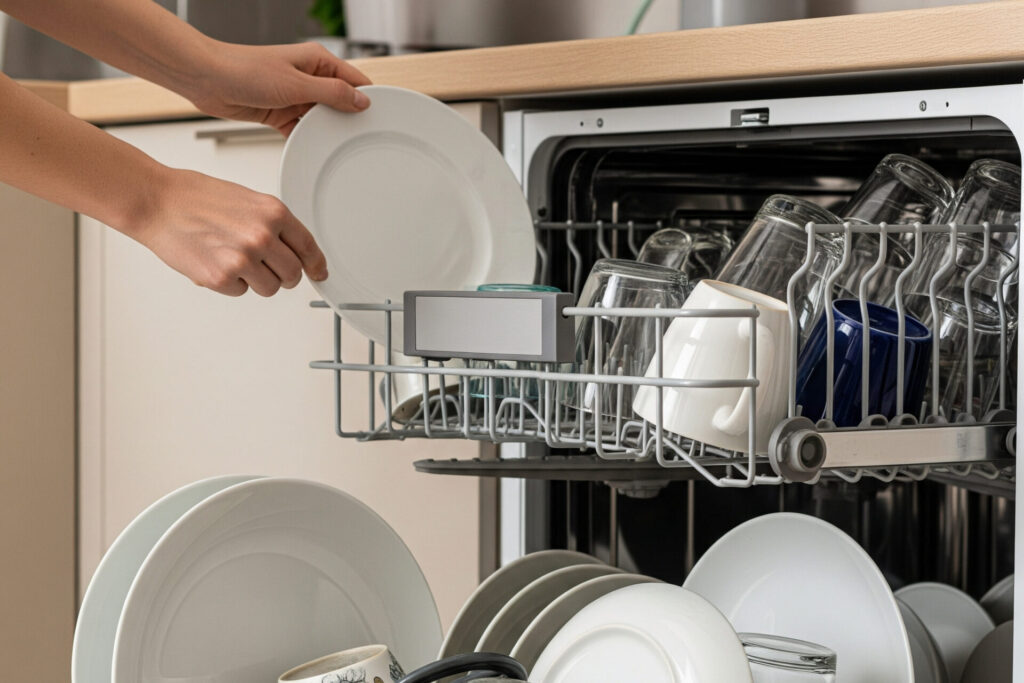
What Should You Never Put in the Dishwasher?
Question: What Should You Never Put in the Dishwasher? Answer: Things you should never put in the dishwasher include wooden items, cast iron cookware, nonstick pans, crystal, fine china, insulated mugs, and copper items in the dishwasher. These can warp, rust, or get damaged. Dishwasher Do’s and Don’ts Your dishwasher simplifies daily life. It cleans … Continue reading What Should You Never Put in the Dishwasher?
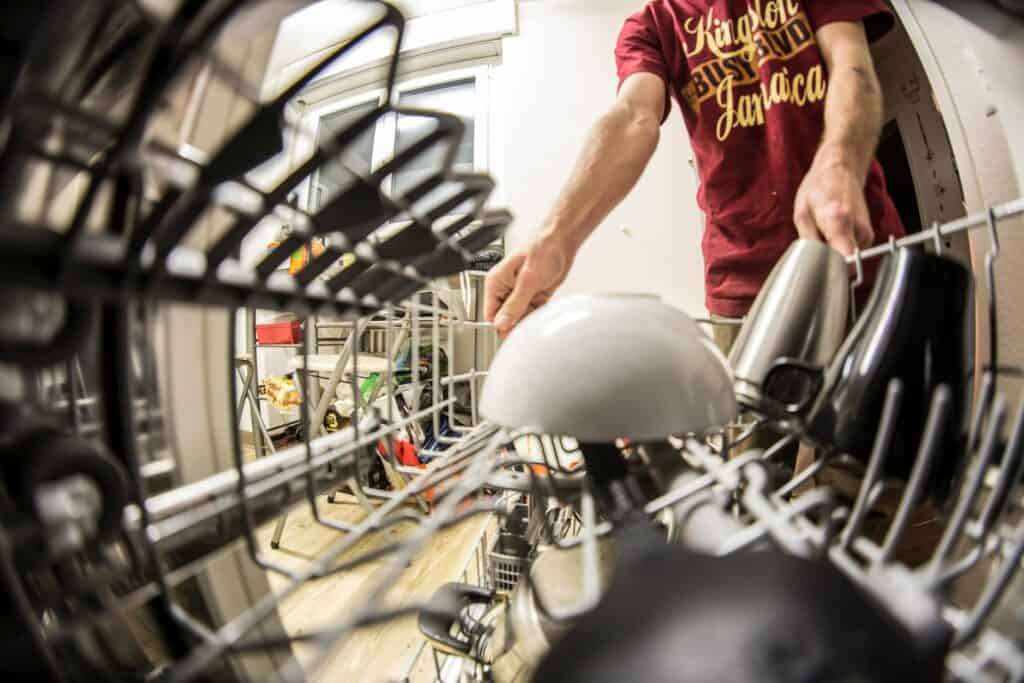
What Is the Most Common Failure on a Dishwasher?
Question: What Is the Most Common Failure on a Dishwasher? Answer: The most common failures on a dishwasher include a clogged drain or spray arm, which stop proper cleaning. Other common problems include a faulty door latch, a malfunctioning pump/motor assembly, or a defective heating element. Dishwasher Woes: Getting Your Appliance Back on Track Dishwashers … Continue reading What Is the Most Common Failure on a Dishwasher?
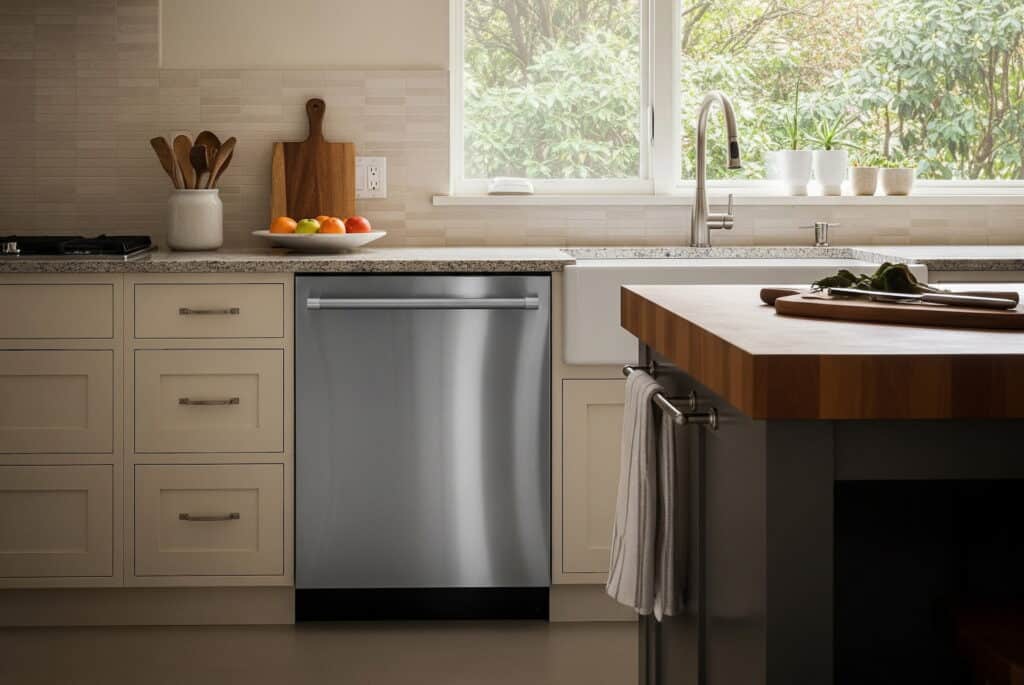
What Is the Average Lifespan of a Dishwasher?
Question: What Is the Average Lifespan of a Dishwasher? Answer: The average lifespan of a dishwasher is 9-10 years. Proper maintenance can help extend its life, while neglecting it may lead to earlier replacement. Dishwasher Lifespan: What to Expect Dishwashers simplify daily life as they save time and effort. But how long can you expect … Continue reading What Is the Average Lifespan of a Dishwasher?
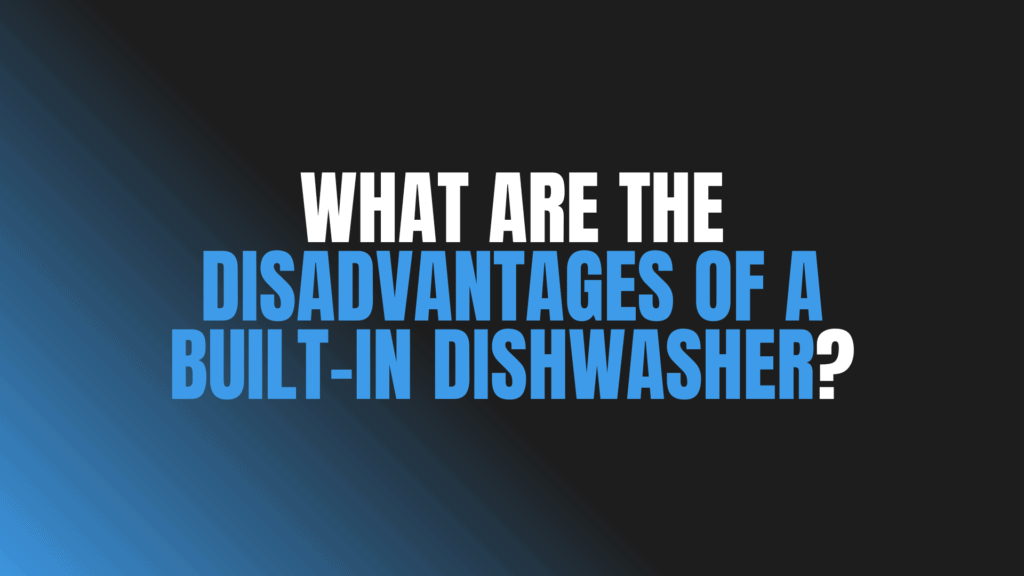
What Are the Disadvantages of a Built-in Dishwasher?
Question: What Are the Disadvantages of a Built-in Dishwasher? Answer: Disadvantages of a built-in dishwasher include: they can be expensive, often require professional installation, reduce usable cabinet space, and might necessitate plumbing/electrical work. Repairs can also be costly. Built-In Dishwashers: Understanding the Downsides Before You Buy Built-in dishwashers promise a sleek look and effortless kitchen … Continue reading What Are the Disadvantages of a Built-in Dishwasher?
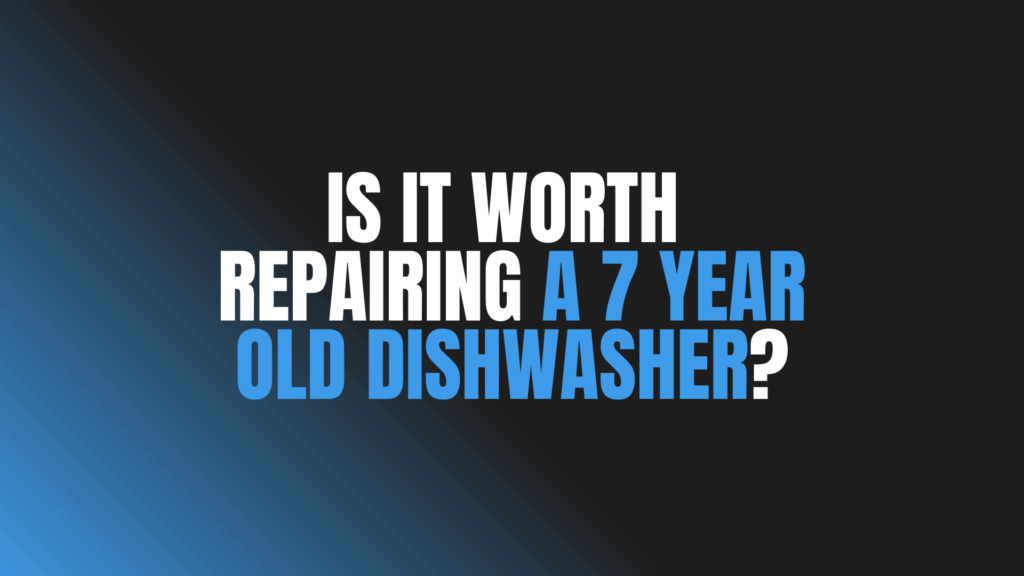
Is It Worth Repairing a 7-Year-Old Dishwasher?
Question: Is It Worth Repairing a 7-Year-Old Dishwasher? Answer: It is sometimes worth worth repairing a 7-year-old dishwasher. You should consider the repair cost versus the replacement cost. Minor repairs are often worthwhile, but major repairs on a 7-year-old model might not be. Also, factor in the average dishwasher lifespan of 9-12 years. Seven-Year Itch: … Continue reading Is It Worth Repairing a 7-Year-Old Dishwasher?
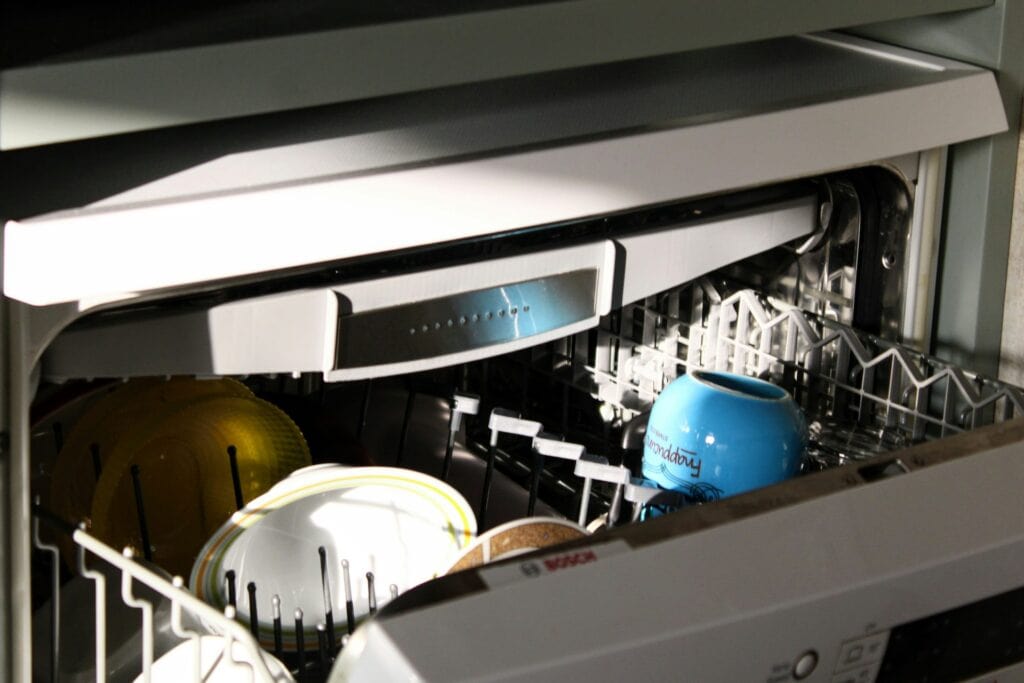
Is It Worth It to Fix a Dishwasher?
Question: Is It Worth It to Fix a Dishwasher? Answer: Yes, it is often worth it to fix a dishwasher. Consider the dishwasher’s age, repair cost versus replacement cost, and the warranty. If the repair is less than half the cost of a new one, and the dishwasher is relatively new, repairing is usually worthwhile. … Continue reading Is It Worth It to Fix a Dishwasher?
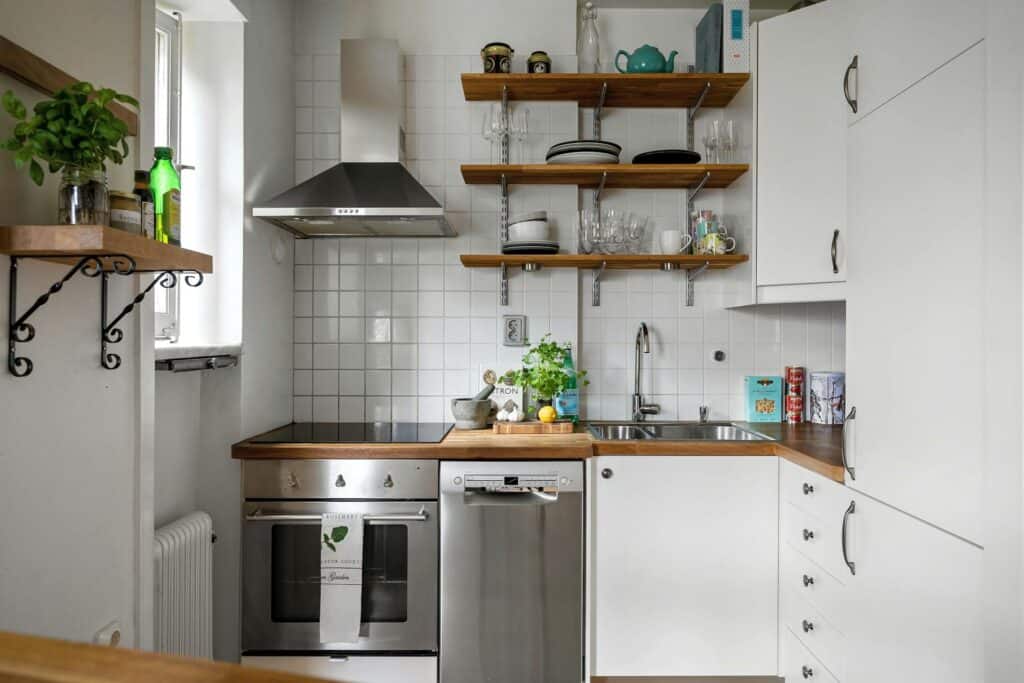
Do Freestanding Dishwashers Need to Be Plumbed In?
Question: Do Freestanding Dishwashers Need to Be Plumbed In? Answer: Yes, even freestanding dishwashers require plumbing connections for water supply and drainage. They aren’t portable. Freestanding Dishwasher Plumbing: A Clear Guide Do freestanding dishwashers need plumbing connections? Many homeowners ask this question when exploring dishwasher options. Some assume all dishwashers demand extensive plumbing work. This … Continue reading Do Freestanding Dishwashers Need to Be Plumbed In?
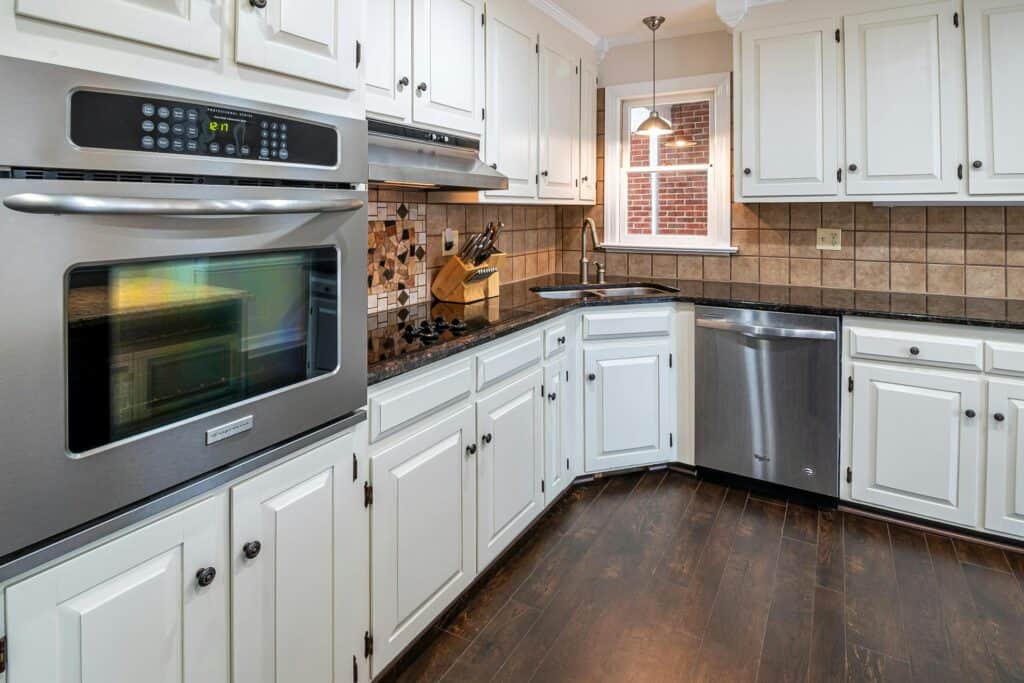
How Do I Know If My Dishwasher Pipe Is Blocked?
Question: How Do I Know If My Dishwasher Pipe Is Blocked? Answer: To find out if your dishwasher pipe is blocked look for these signs: slow draining or standing water in the dishwasher, gurgling sounds from the sink drain, or a dishwasher that won’t start. Dishwasher Drainage Issues: Identifying Blockages A smoothly operating dishwasher simplifies … Continue reading How Do I Know If My Dishwasher Pipe Is Blocked?
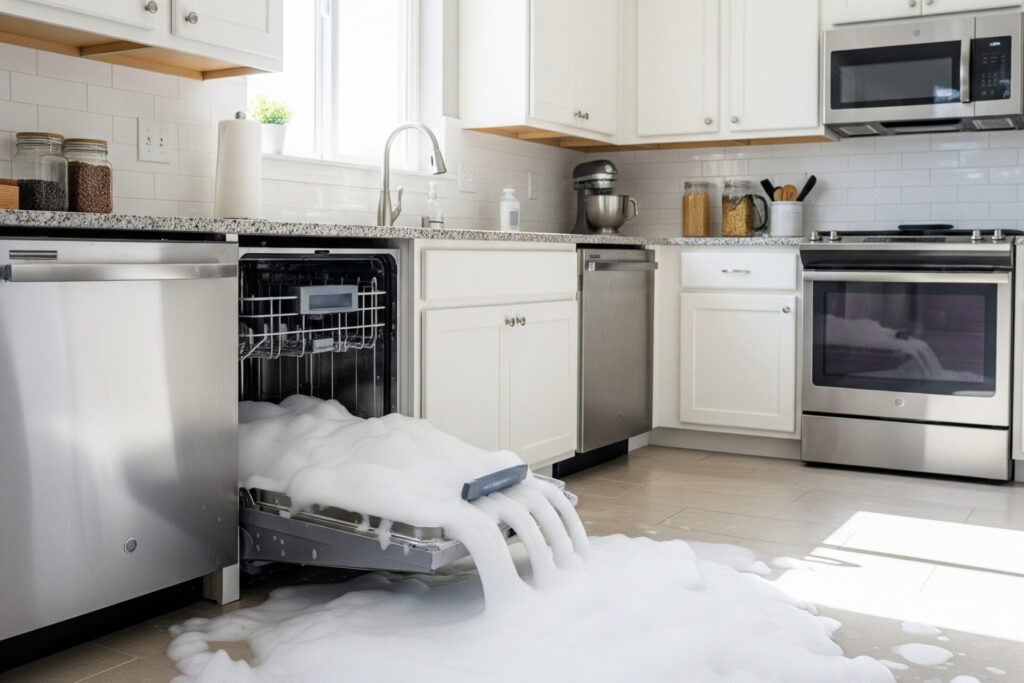
Can You Use Dish Soap in a Dishwasher?
Question: Can You Use Dish Soap in a Dishwasher? Answer: No, you can’t you use dish soap in a dishwasher. Dish soap creates excessive suds, overflowing your dishwasher and potentially damaging it. Use only dishwasher detergent. Understanding Dishwasher Detergent Dishwashers simplify our lives. They clean our dishes efficiently, saving us time and effort. This convenience … Continue reading Can You Use Dish Soap in a Dishwasher?
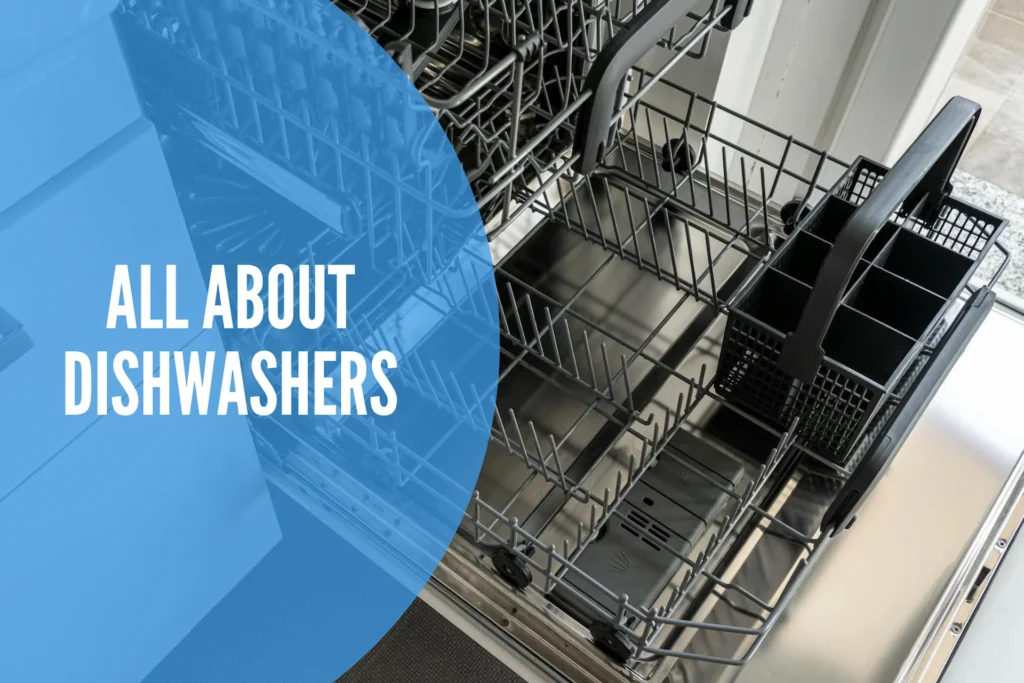
All About Dishwashers
Everything You Need to Know About Dishwashers Dishwashers offer significant convenience in modern kitchens. They save time and effort, allowing you to focus on other activities. Understanding the different types, features, and maintenance ensures optimal performance and longevity. This guide explores important aspects of dishwashers, from selection and installation to operation and troubleshooting. We’ll cover … Continue reading All About Dishwashers
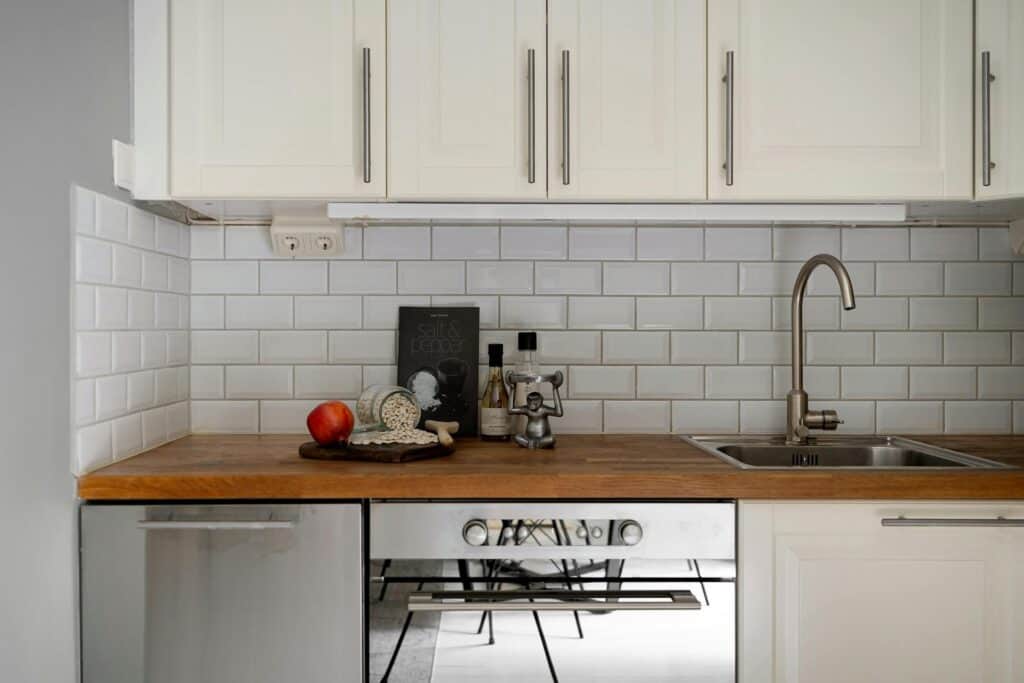
Can I Fix My Own Dishwasher?
Question: Can I Fix My Own Dishwasher? Answer: Yes, you can fix your own dishwasher. You resolve simple issues like a clogged filter or spray arm quite easily. More complex repairs involving electrical components or motors may require a professional technician. Dishwasher Troubleshooting: Your Practical Guide to DIY Fixes A broken dishwasher disrupts your daily … Continue reading Can I Fix My Own Dishwasher?

What Is the Difference Between a Built-In Refrigerator and a Regular Refrigerator?
Question: What Is the Difference Between a Built-In Refrigerator and a Regular Refrigerator? Answer: Differences between a built-in and regular refrigerator include built-in refrigerators are designed to fit flush with cabinetry for a streamlined look, while regular refrigerators stand alone. Built-ins often require specific ventilation and cabinetry. Built-In vs. Regular Refrigerators Choosing the right refrigerator … Continue reading What Is the Difference Between a Built-In Refrigerator and a Regular Refrigerator?
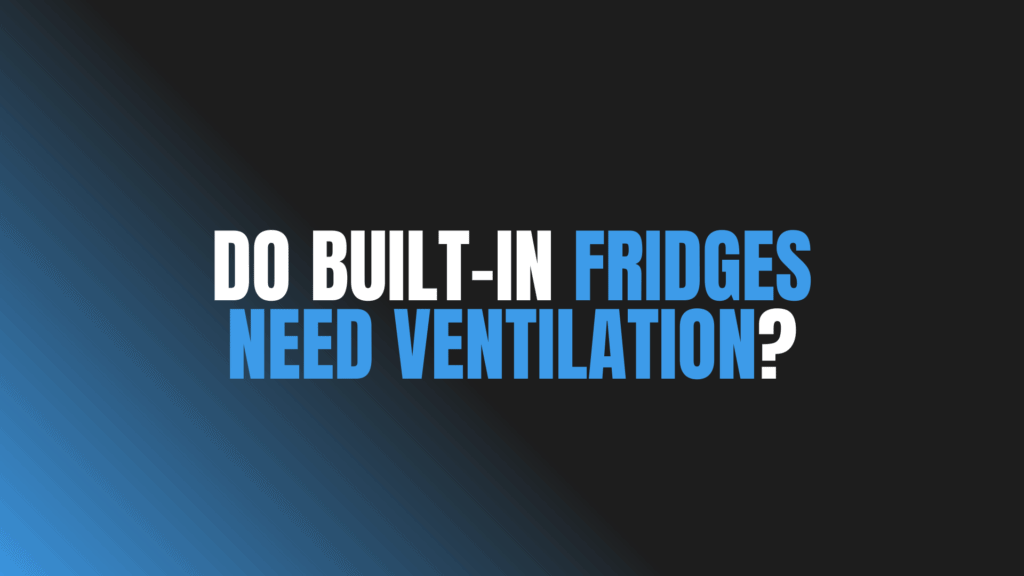
Do Built-In Fridges Need Ventilation?
Question: Do Built-In Fridges Need Ventilation? Answer: Yes, built-in fridges require ventilation. Proper airflow prevents overheating and ensures efficient operation. Check manufacturer specifications for clearance requirements around the unit. Understanding Built-In Fridge Ventilation Built-in refrigerators offer a sleek, integrated look in modern kitchens. They fit seamlessly into cabinetry, creating a cohesive design. However, their placement … Continue reading Do Built-In Fridges Need Ventilation?
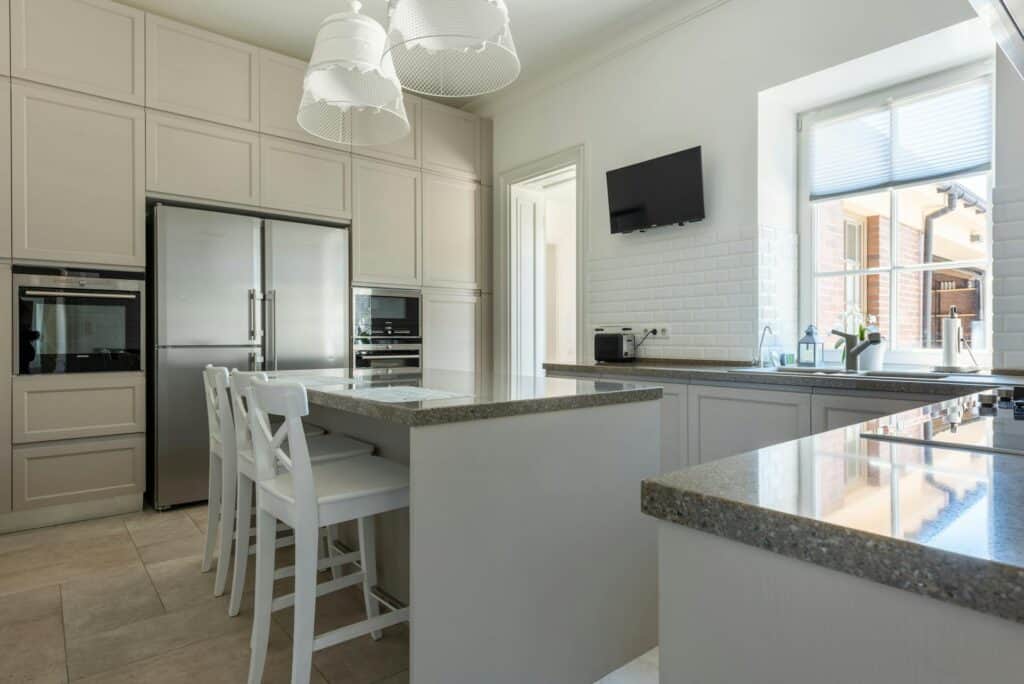
How Do You Ventilate a Built-In Refrigerator?
Question: How Do You Ventilate a Built-In Refrigerator? Answer: To ventilate a built-in refrigerator ensure adequate airflow through the front grille and maintain the recommended clearances around the unit, as specified in the manufacturer’s instructions. This typically includes space at the top, sides, and rear. Essential Airflow for Built-In Refrigerators Built-in refrigerators offer a streamlined … Continue reading How Do You Ventilate a Built-In Refrigerator?
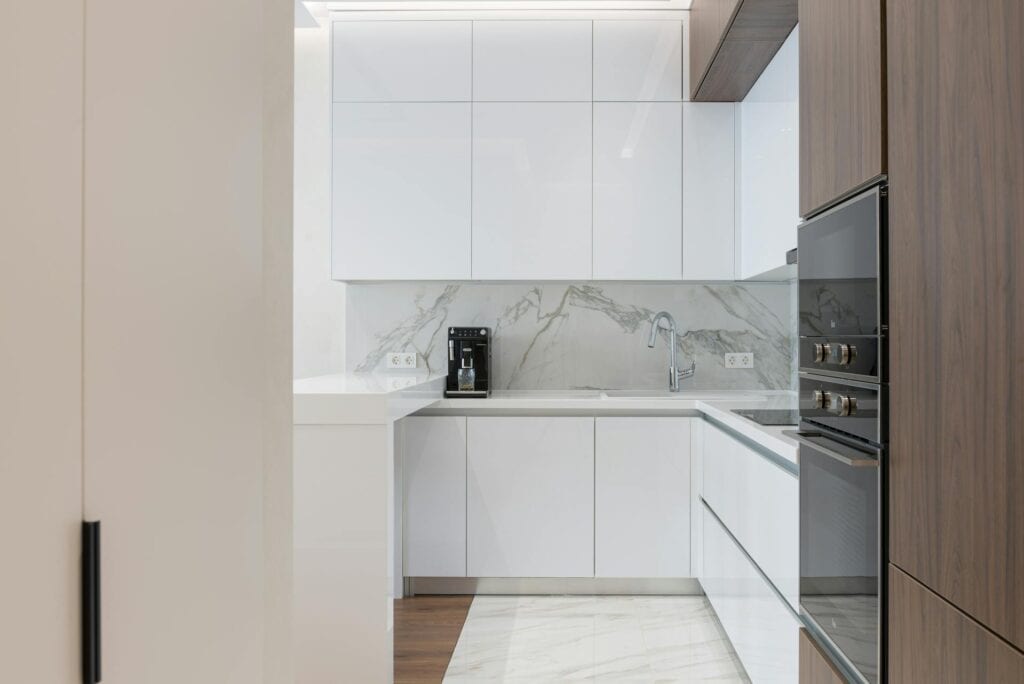
What Is the Life Expectancy of a Built-In Refrigerator?
Question: What Is the Life Expectancy of a Built-In Refrigerator? Answer: The life expectancy of a built-in refrigerator is typically 10-20 years. Proper maintenance can help extend its lifespan. Built-In Refrigerator Lifespan Built-in refrigerators offer a sleek, integrated look in modern kitchens. Homeowners invest in these appliances for their aesthetic appeal and functionality. A key … Continue reading What Is the Life Expectancy of a Built-In Refrigerator?
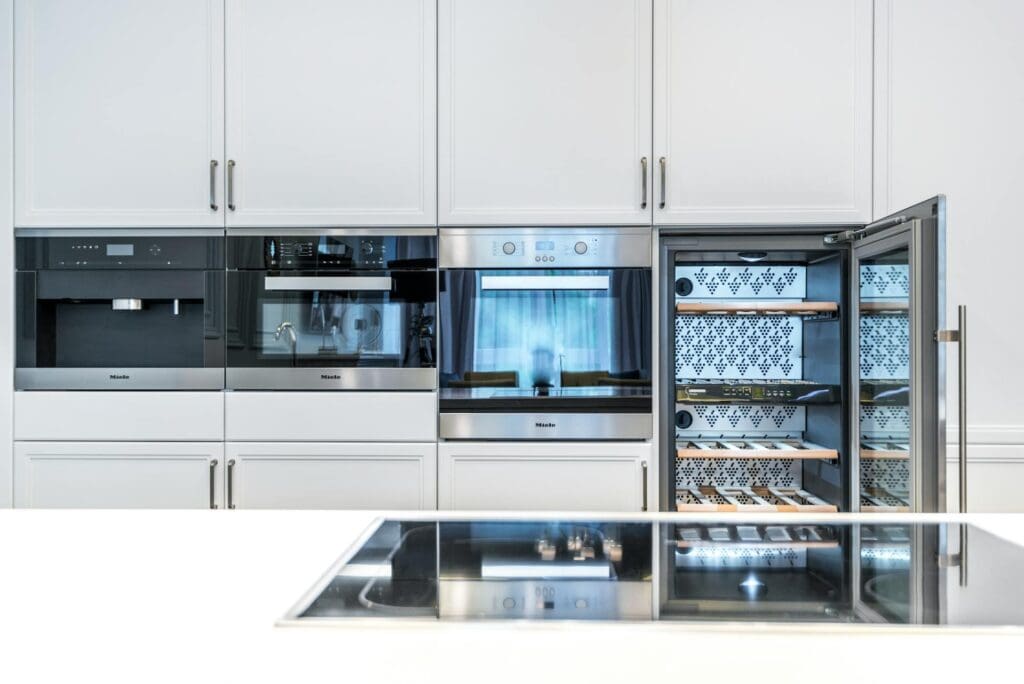
What Is the Difference Between Integrated and Built-In Fridge?
Question: What Is the Difference Between Integrated and Built-In Fridge?Answer: Differences between integrated and built-in fridges include: Integrated fridges are hidden behind cabinet panels for a seamless look. Built-in fridges sit flush with cabinetry but have their own visible front. Integrated Fridges vs. Built-In Understanding the difference between integrated and built-in refrigerators can simplify your … Continue reading What Is the Difference Between Integrated and Built-In Fridge?
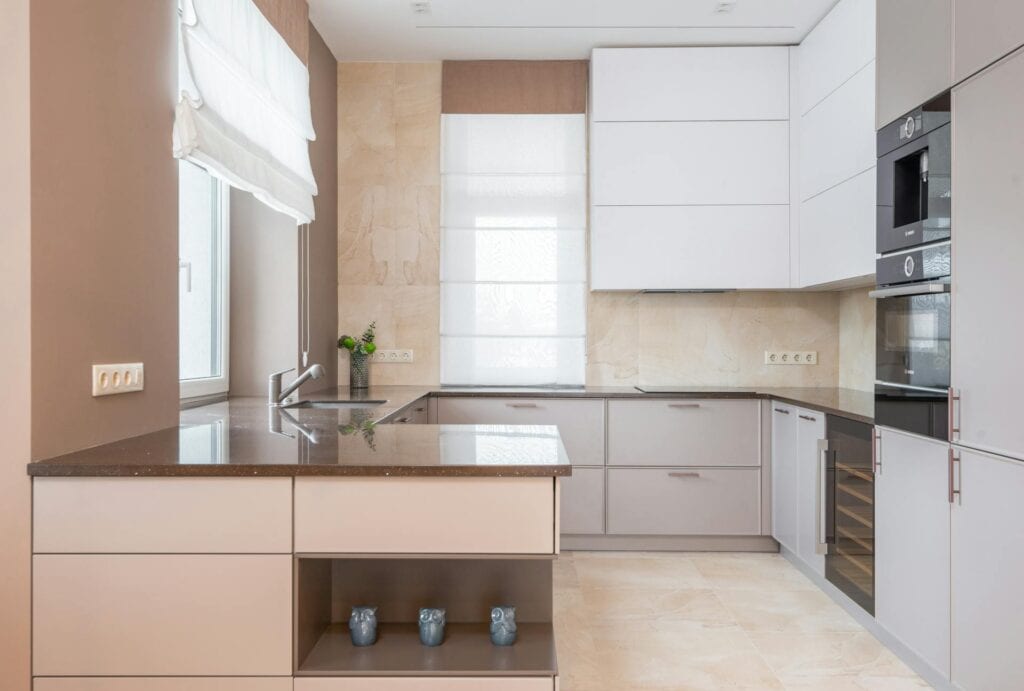
What Is the Difference Between Built-In and Built Under Refrigerators?
Question: What Is the Difference Between Built-In and Built Under Refrigerators? Answer: Differences between built-in and built-under refrigerators include: Built-in refrigerators sit flush with cabinetry, offering a seamless look. Built-under refrigerators slide under a counter, leaving the top exposed for a counter-depth appearance. Built-In vs. Built-Under Refrigerators serve as kitchen centrepieces, blending functionality with style. … Continue reading What Is the Difference Between Built-In and Built Under Refrigerators?
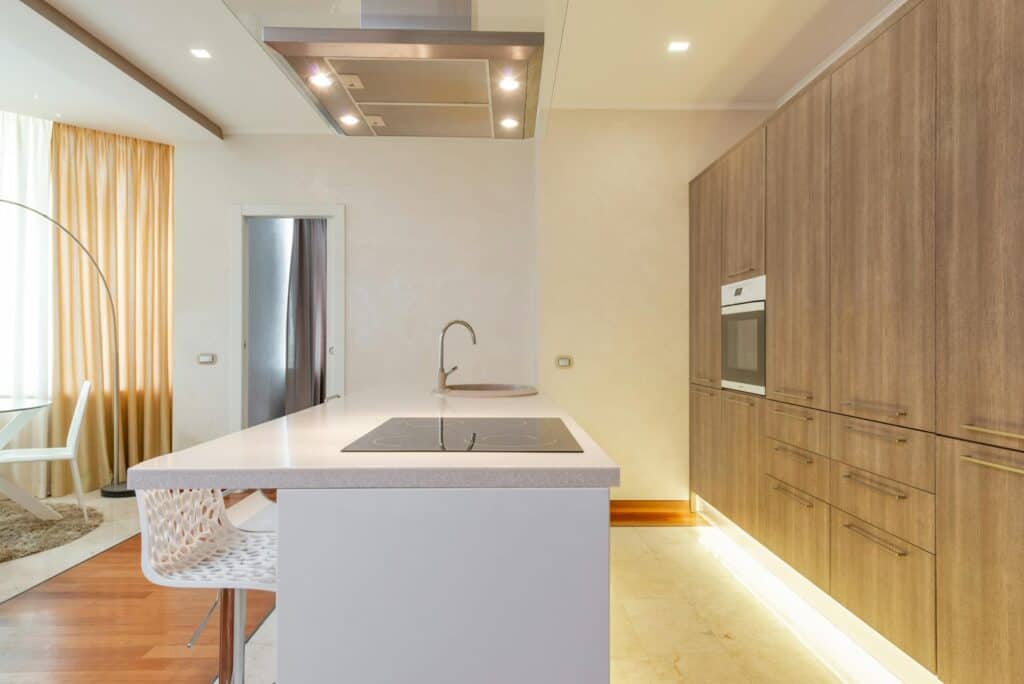
What Are the Disadvantages of Built-In Refrigerators?
Question: What Are the Disadvantages of Built-In Refrigerators? Answer: Disadvantages of built-in refrigerators include that they are typically more expensive, offer less storage space for their size, and repairs can be more complex and costly. Exploring Drawbacks: Built-In Refrigerators Built-in refrigerators offer a sleek, integrated look for kitchens. They sit flush with cabinetry, creating a … Continue reading What Are the Disadvantages of Built-In Refrigerators?
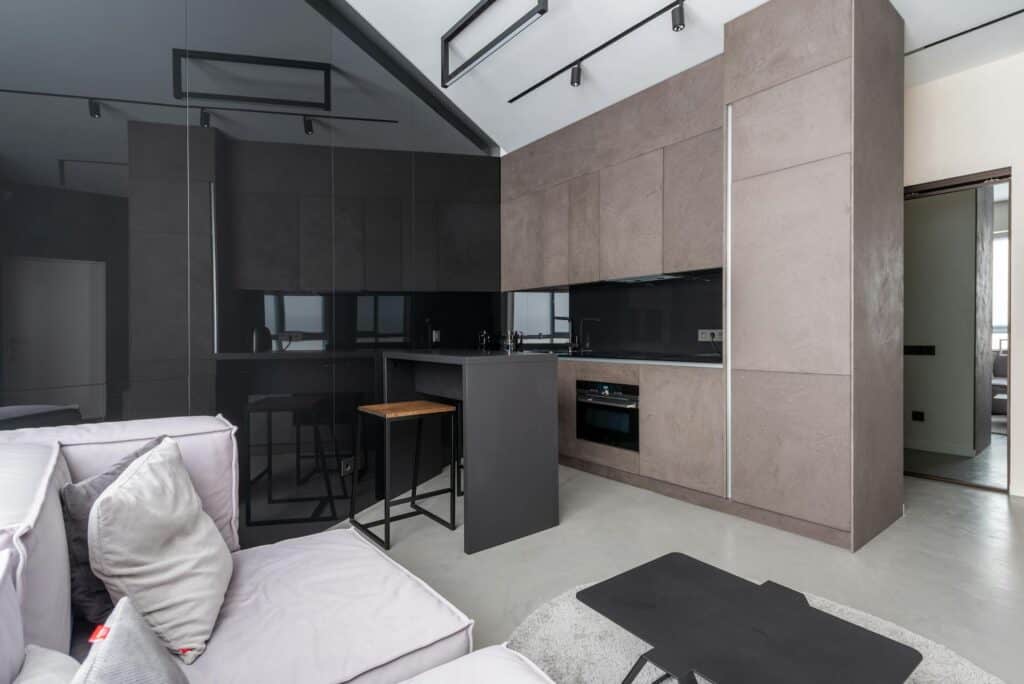
Is It Hard To Replace a Built-In Refrigerator?
Question: Is It Hard To Replace a Built-In Refrigerator? Answer: Whether or not it is hard to replace a built-in refrigerator depends on several factors. Disconnecting and removing the old one is usually straightforward. However, finding a new model with the exact dimensions can be challenging, and installation can be complex, sometimes requiring professional help. … Continue reading Is It Hard To Replace a Built-In Refrigerator?
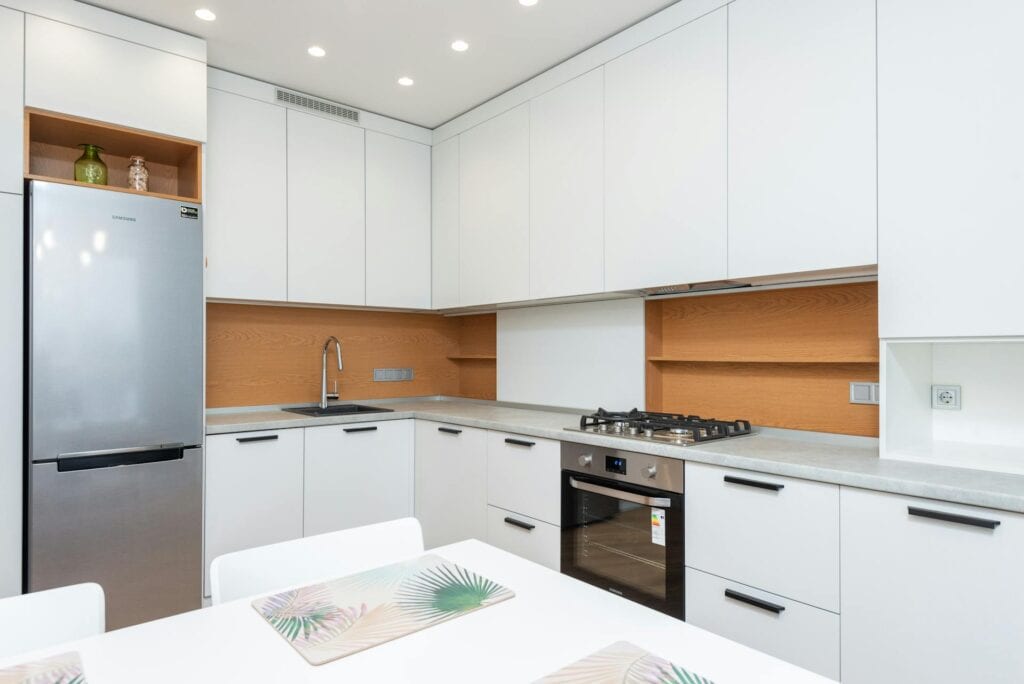
How Much Space Do You Need Around a Built in Refrigerator?
Question: How Much Space Do You Need Around a Built in Refrigerator?Answer: How much space you need around a built-in refrigerator depends on the model, but generally: 1/8″ on the sides and top, ¾” at the back for air circulation, and 1″ from front of cabinet for door swing. Built-in Refrigerator Clearance Integrating a built-in … Continue reading How Much Space Do You Need Around a Built in Refrigerator?
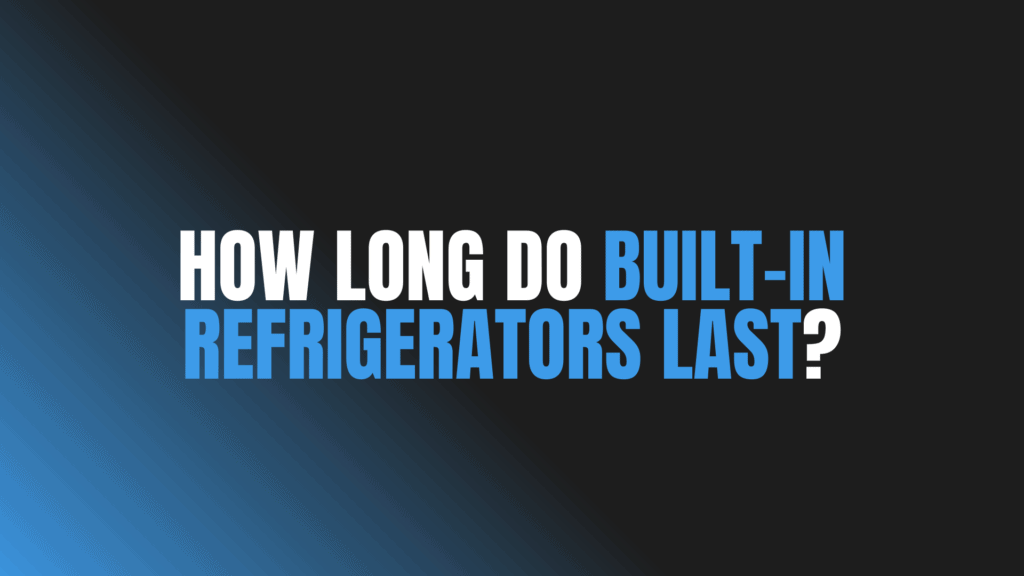
How Long Do Built-In Refrigerators Last?
Question: How Long Do Built-In Refrigerators Last? Answer: Built-in refrigerators last 10-20 years. Factors affecting lifespan include maintenance, usage, and brand quality. Built-In Refrigerator Lifespan Built-in refrigerators offer a sleek, integrated look in modern kitchens. Homeowners invest in these appliances for their aesthetic appeal and convenient design. A key question for potential buyers is: how … Continue reading How Long Do Built-In Refrigerators Last?
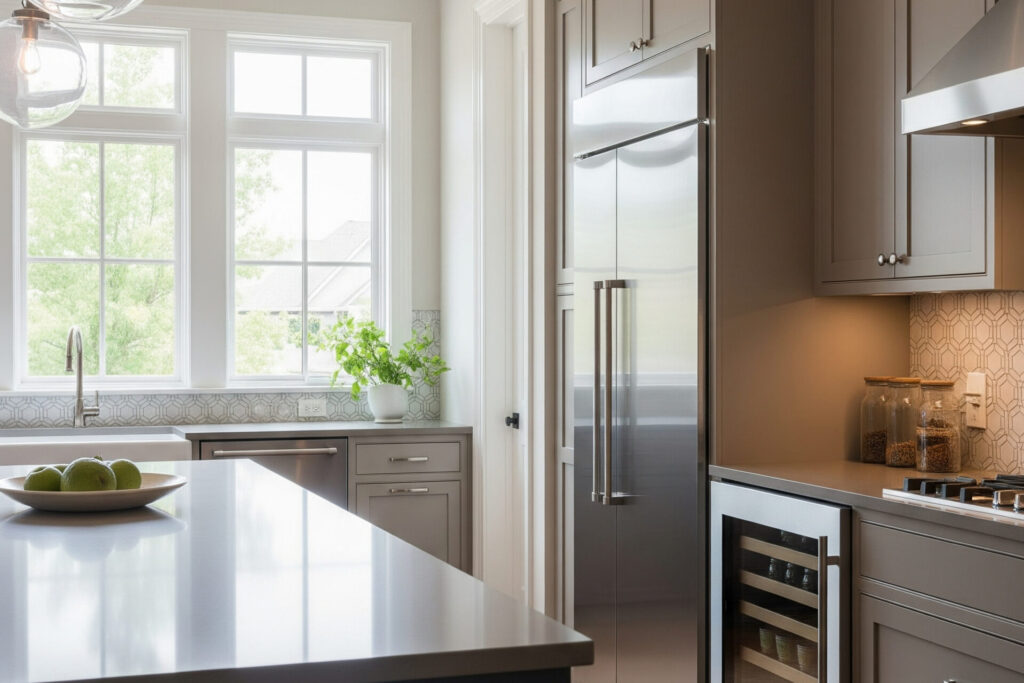
Do Built-In Refrigerators Need Air Space Around Them?
Question: Do Built-In Refrigerators Need Air Space Around Them? Answer: Yes, built-in refrigerators require air space for proper ventilation. This prevents overheating and ensures efficient operation. Check your manufacturer’s instructions for specific clearance requirements. Built-In Refrigerator Ventilation: Essential for Optimal Performance Do built-in refrigerators need air space around them? Absolutely. Proper ventilation is crucial for … Continue reading Do Built-In Refrigerators Need Air Space Around Them?
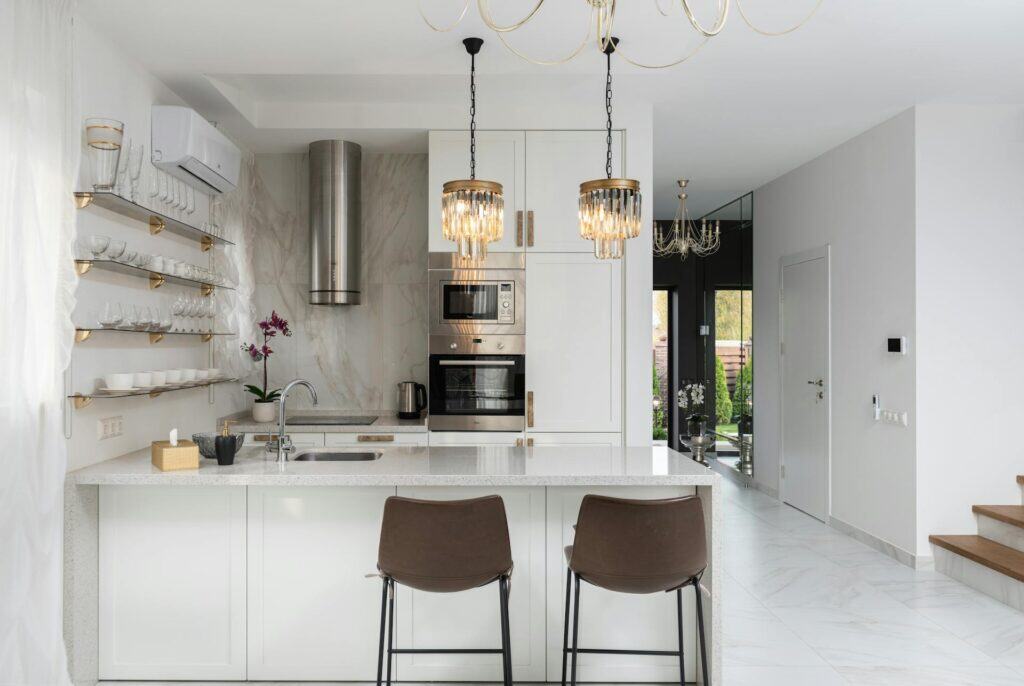
Do Built-In Refrigerators Add Value?
Question: Do Built-In Refrigerators Add Value? Answer: Yes, built-in refrigerators often add value. They’re viewed as a premium appliance, offering a sleek, integrated look that many buyers appreciate, potentially increasing resale value. Built-In Refrigerators: Investment or Expense? Do built-in refrigerators add value? Homeowners often face this question when renovating or building a kitchen. A built-in … Continue reading Do Built-In Refrigerators Add Value?
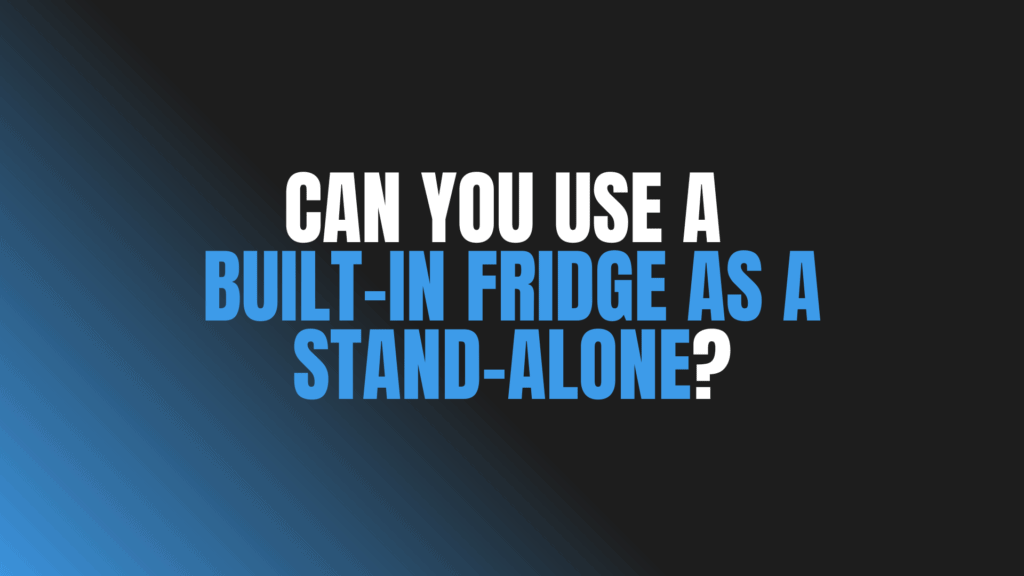
Can You Use a Built-In Fridge as a Stand-Alone?
Question: Can You Use a Built-In Fridge as a Stand-Alone? Answer: No, you shouldn’t use a built-in fridge as a stand-alone. They lack finished sides and proper ventilation for freestanding use, potentially causing overheating. Built-In Refrigerator: Stand-Alone Operation Can you use a built-in fridge as a stand-alone? This question arises when homeowners renovate, move, or … Continue reading Can You Use a Built-In Fridge as a Stand-Alone?
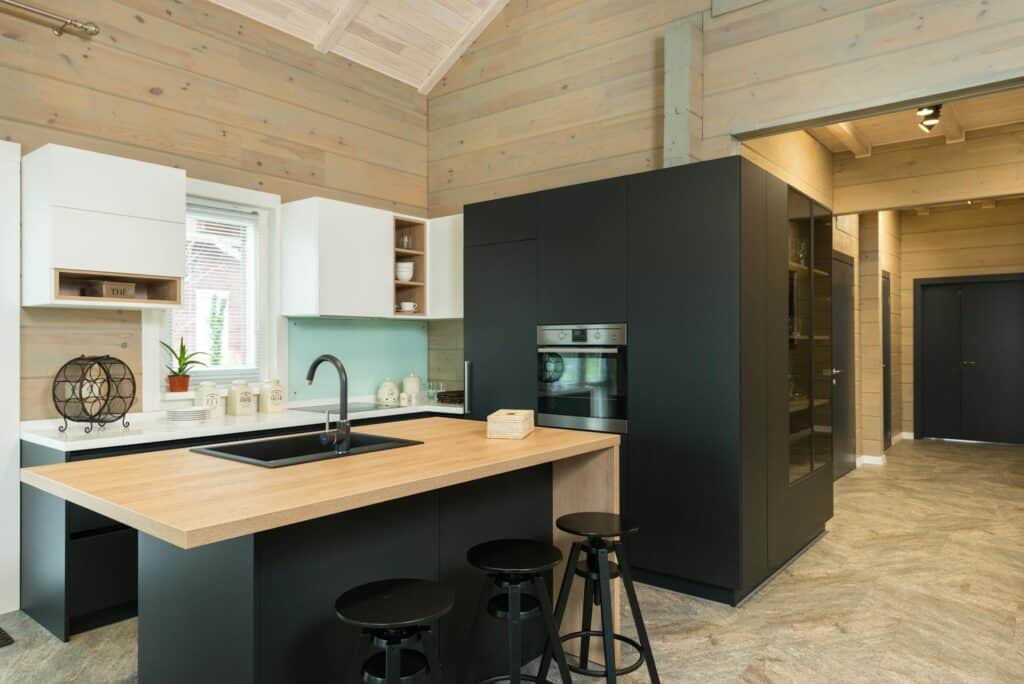
Can You Replace a Built in Fridge?
Question: Can You Replace a Built in Fridge? Answer: Yes, you can replace a built-in fridge. Measure the existing fridge’s cutout dimensions carefully before purchasing a new one to ensure it fits. Replacing Your Built-in Refrigerator Built-in refrigerators offer a sleek, integrated look in kitchens. They fit seamlessly into cabinetry, creating a unified design. But … Continue reading Can You Replace a Built in Fridge?
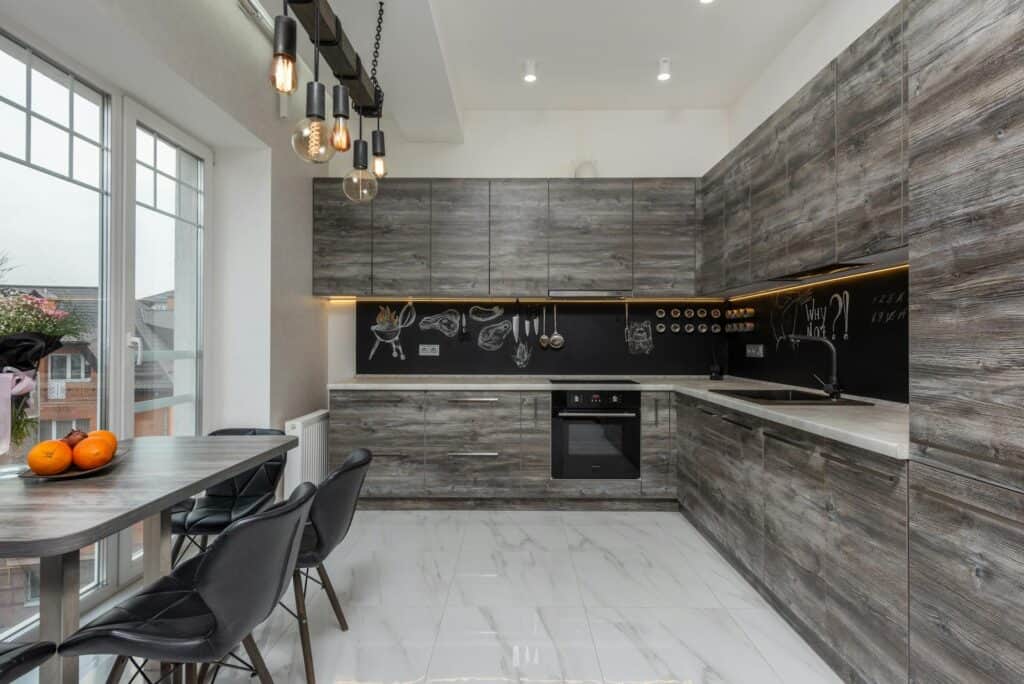
Can You Make a Normal Fridge Built-In?
Question: Can You Make a Normal Fridge Built-In? Answer: No, you shouldn’t make a normal fridge built-in. Standard refrigerators require air circulation around them. Built-in models are designed specifically for enclosed spaces. Integrating a Standard Refrigerator: A Feasible Project? Many homeowners desire the sleek, integrated look of built-in appliances. This streamlined aesthetic enhances kitchen design, … Continue reading Can You Make a Normal Fridge Built-In?
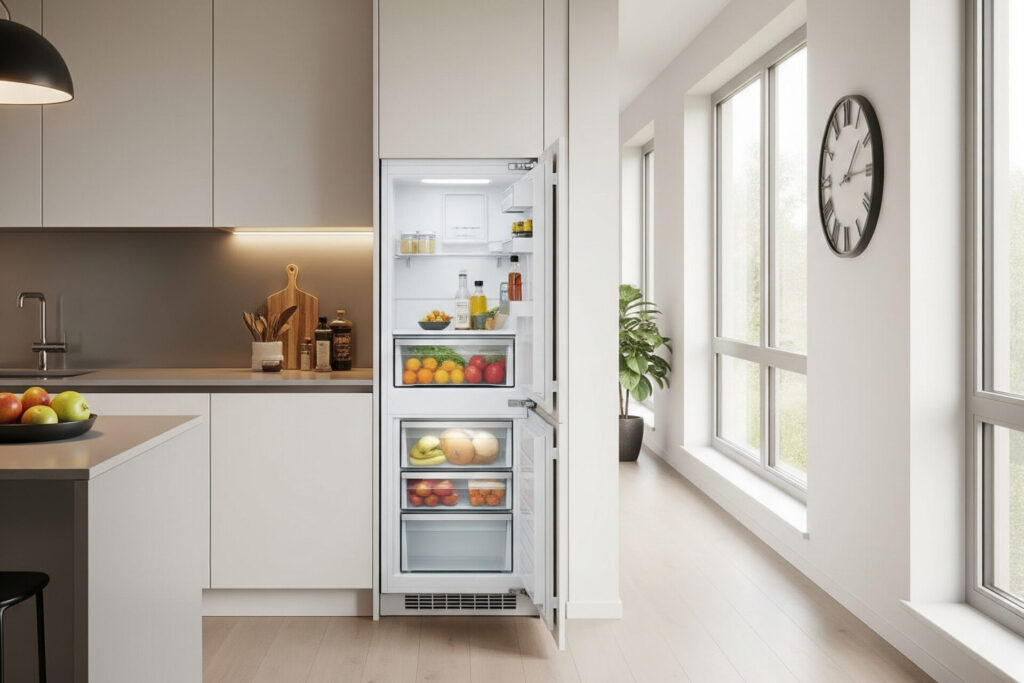
Are Built-In Fridges Worth It?
Question: Are Built-In Fridges Worth It? Answer: Whether built-in fridges are worth it or not depends on several factors. They offer a seamless, upscale look and can increase home value, but come at a premium price with potentially higher repair costs. Consider your budget and aesthetic priorities. Built-In Refrigerators: A Practical Examination Are built-in fridges … Continue reading Are Built-In Fridges Worth It?
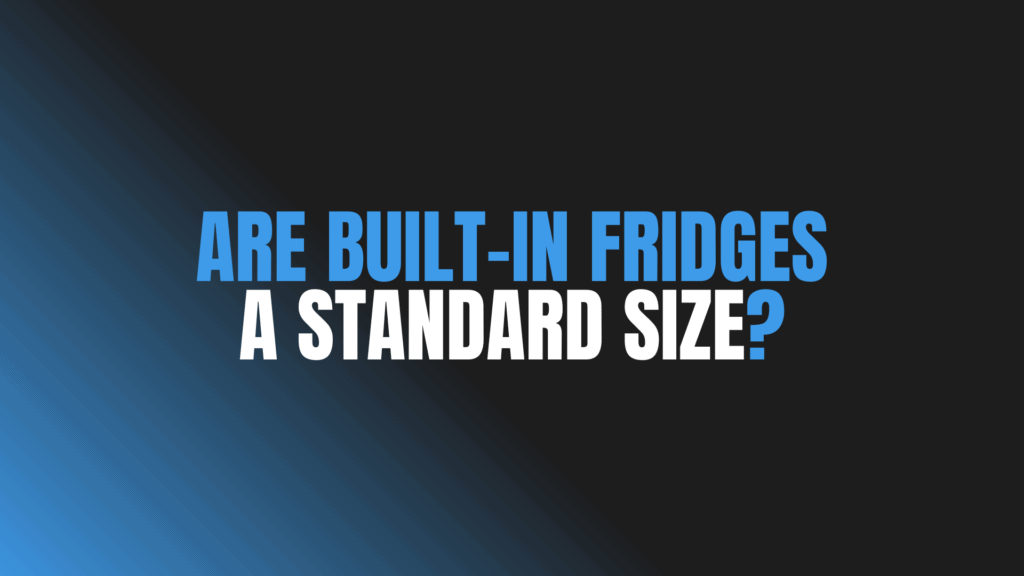
Are Built-In Fridges a Standard Size?
Question: Are Built-In Fridges a Standard Size? Answer: No, built-in fridges are not a standard size exactly. While they often adhere to standard cabinet widths and depths, heights can vary significantly. Check manufacturer specifications for precise dimensions. Built-In Refrigerator Dimensions: Understanding the Basics Are built-in refrigerators a standard size? This question arises when homeowners renovate … Continue reading Are Built-In Fridges a Standard Size?
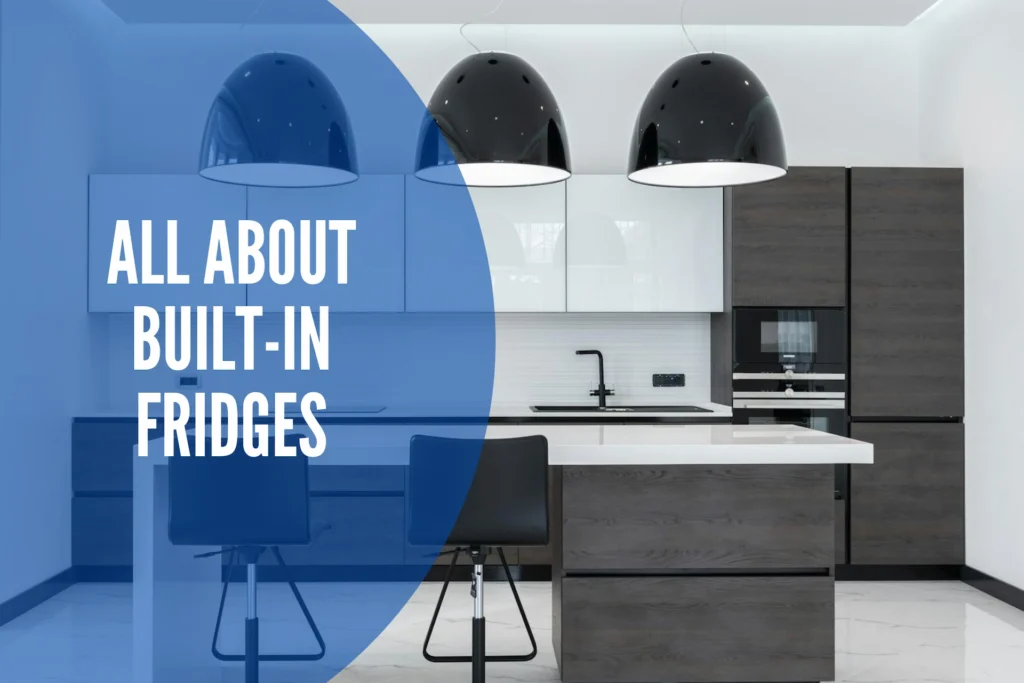
All About Built-In Fridges
Built-In Refrigerators Built-in fridges offer a seamless and stylish integration into your kitchen design. They fit flush with your cabinetry, creating a clean, modern look. This guide explores everything about built-in fridges, from their dimensions and features to installation and maintenance. We’ll cover key considerations for choosing the right model, helping you make an informed … Continue reading All About Built-In Fridges
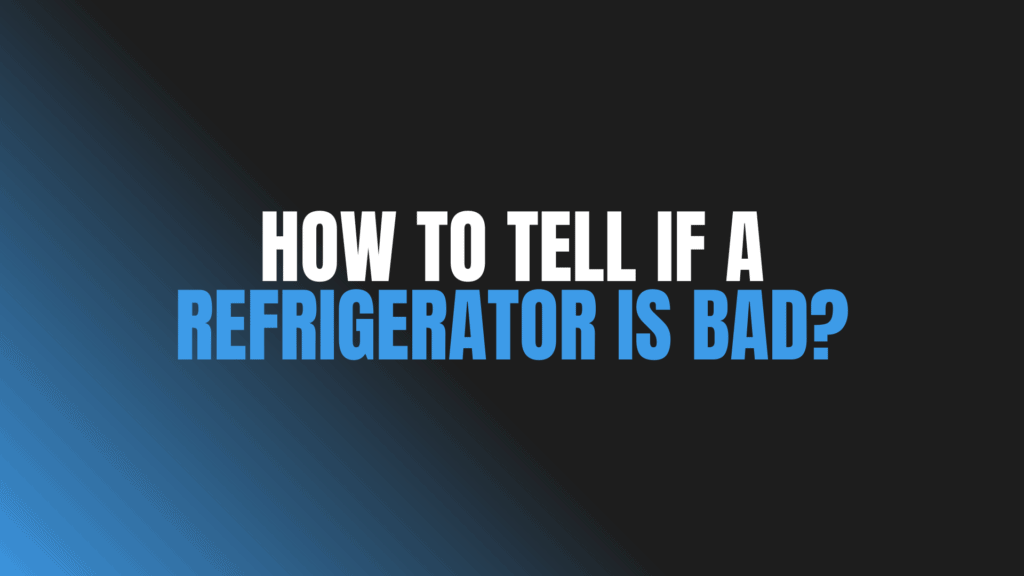
What Makes a Refrigerator Go Bad?
Question: What Makes a Refrigerator Go Bad? Answer: Thins that make a refrigerator go bad includes failing compressors, refrigerant leaks, faulty defrost systems, thermostat malfunctions, and worn-out door seals. Refrigerator Failures: Understanding the Common Culprits Refrigerators maintain our food’s freshness and our families’ health. We rely on these appliances daily, often without a second thought. … Continue reading What Makes a Refrigerator Go Bad?
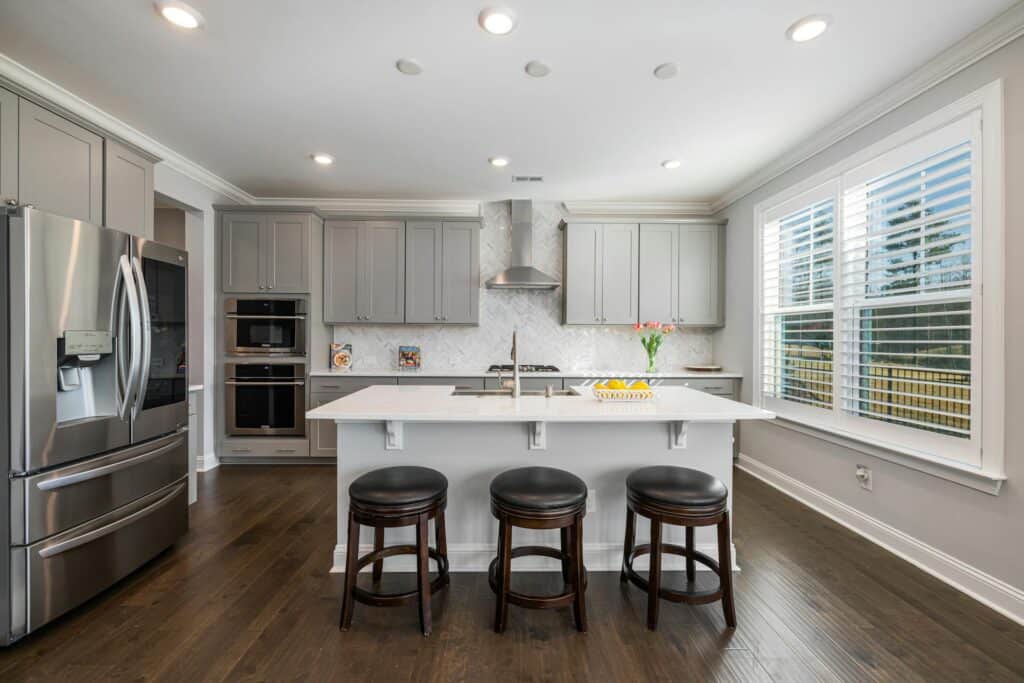
What To Avoid When Buying a Fridge?
Question: What To Avoid When Buying a Fridge? Answer: What to avoid when buying a fridge includes: Ignoring energy efficiency ratings, choosing the wrong size for your space, neglecting interior layout considerations, and overlooking features important to you like ice makers or water dispensers. Common Fridge Buying Mistakes Buying a new fridge can feel overwhelming. … Continue reading What To Avoid When Buying a Fridge?
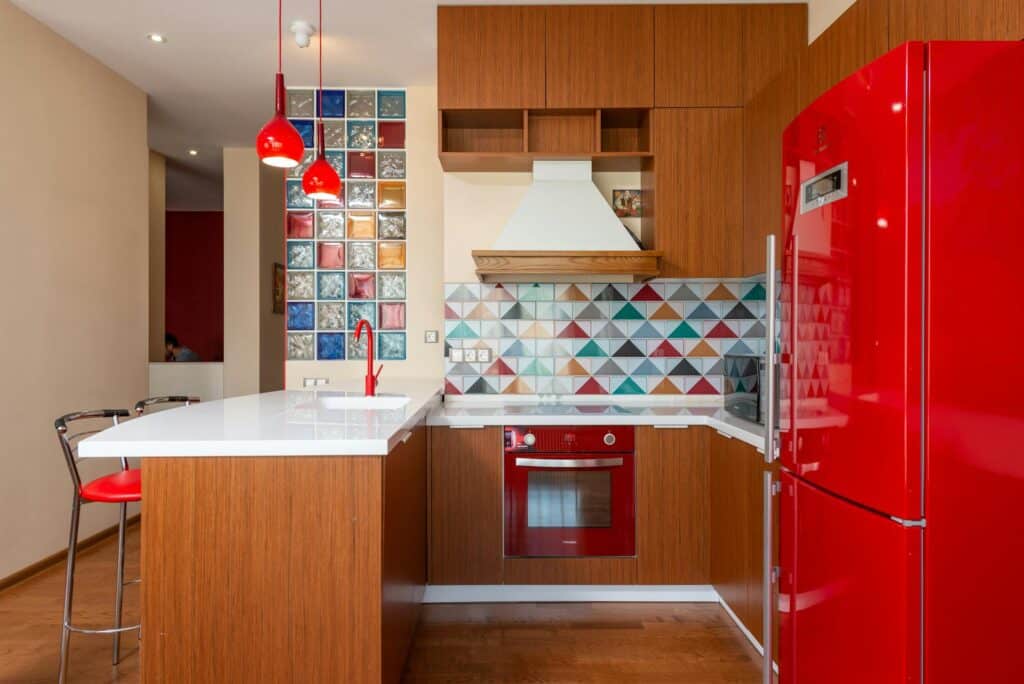
What Is the Lifespan of a Good Refrigerator?
Question: What Is the Lifespan of a Good Refrigerator? Answer: The lifespan of a good refrigerator that is well-maintained can be up to 10-20 years. Factors affecting lifespan include usage, maintenance, and brand quality. Refrigerator Longevity: A Practical Guide Refrigerators, essential kitchen appliances, preserve our food and keep it fresh. Understanding a refrigerator’s lifespan helps … Continue reading What Is the Lifespan of a Good Refrigerator?
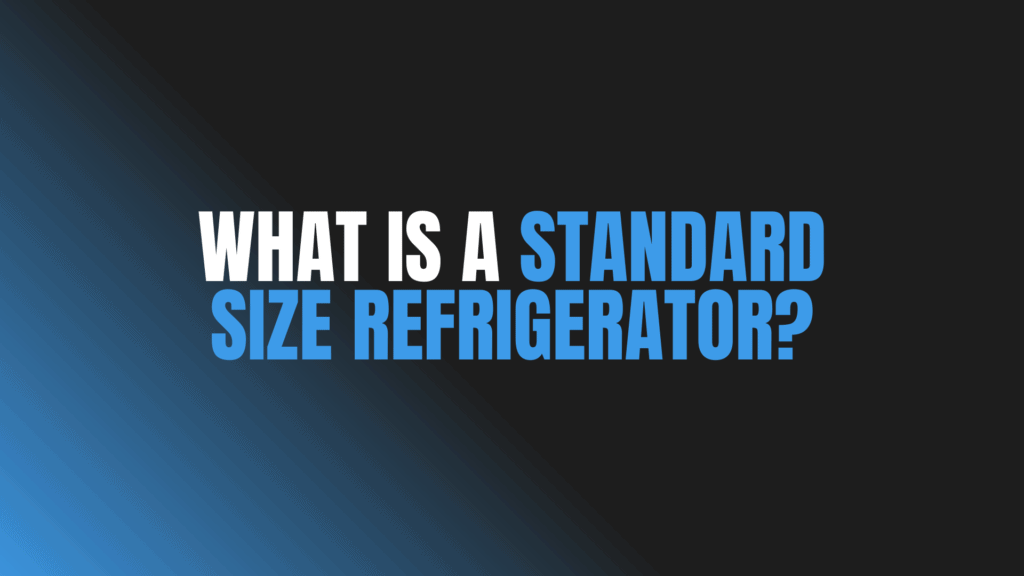
What Is a Standard Size Refrigerator?
Question: What Is a Standard Size Refrigerator? Answer: Standard refrigerator sizes range from 24-48 inches wide, 66-72 inches tall, and 24-36 inches deep. Capacity typically falls between 18 and 25 cubic feet. All About Refrigerator Dimensions Finding the right refrigerator involves many factors. Size plays a crucial role. A refrigerator that is too large overwhelms … Continue reading What Is a Standard Size Refrigerator?
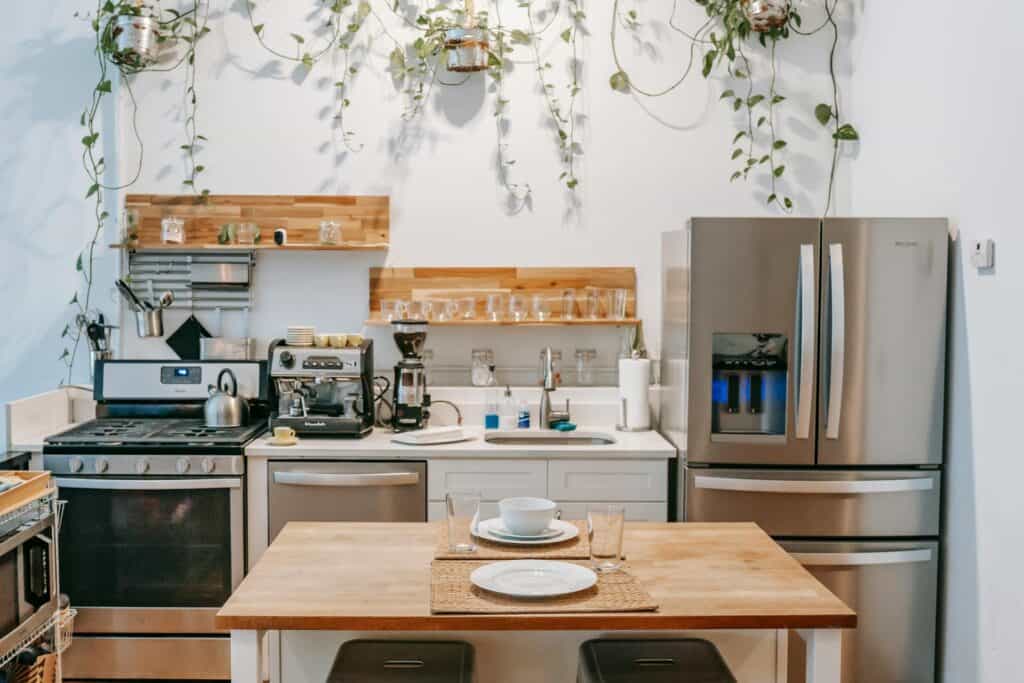
What Is the Best Time To Buy a Fridge?
Question: What Is the Best Time To Buy a Fridge? Answer: The best time to buy a fridge include holiday specials which often offer significant discounts. Also consider spring and fall, when new models are released and retailers clear out older inventory. Finding the Perfect Time for a Fridge Purchase A new fridge represents a … Continue reading What Is the Best Time To Buy a Fridge?
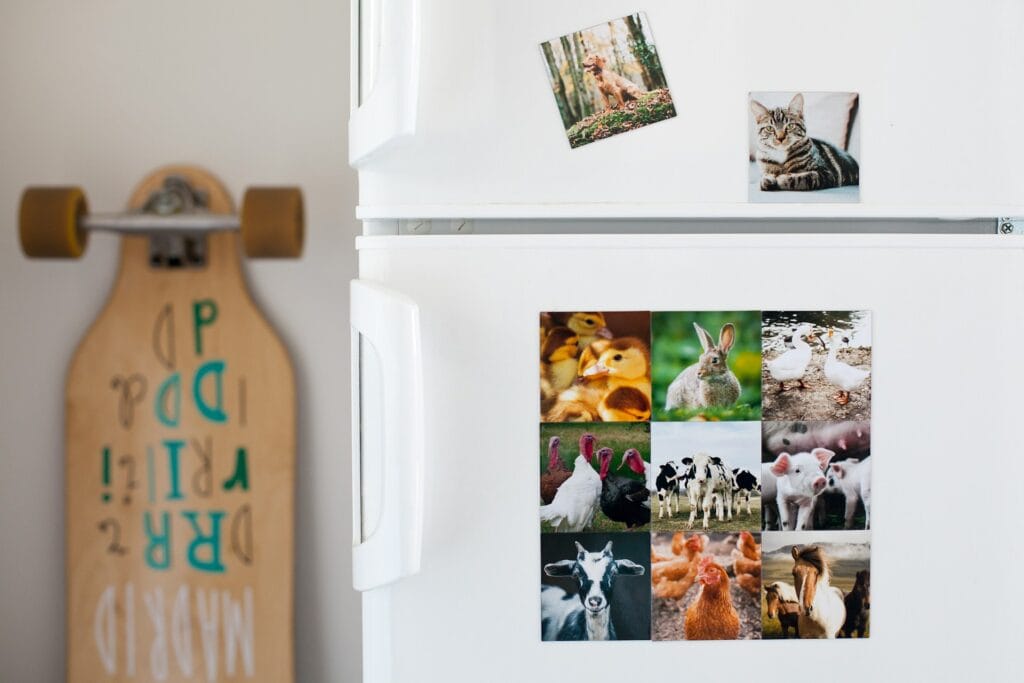
Is It Worth Repairing a 20 Year Old Refrigerator?
Question: Is It Worth Repairing a 20 Year Old Refrigerator? Answer: Whether or not it is worth repairing a 20-year-old refrigerator depends on several factors. Consider the repair cost versus replacement cost, the appliance’s efficiency, and the extent of the damage. Minor repairs might be worthwhile, but major issues often signal it’s time for a … Continue reading Is It Worth Repairing a 20 Year Old Refrigerator?
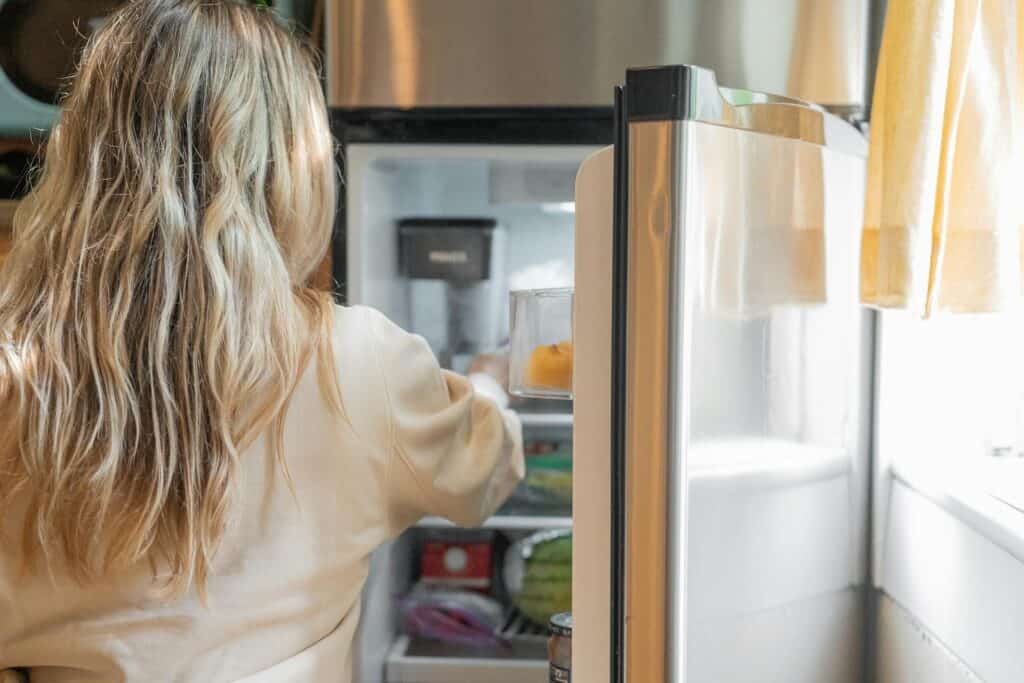
Is It Worth Replacing a 10 Year Old Refrigerator?
Question: Is It Worth Replacing a 10 Year Old Refrigerator? Answer: Whether it is worth replacing a 10-year-old refrigerator depends on several factors. Consider factors like repair costs, energy efficiency, and functionality. If repair costs are high or it’s inefficient, replacing it might save money long-term. Evaluating Your Refrigerator’s Performance A refrigerator plays a vital … Continue reading Is It Worth Replacing a 10 Year Old Refrigerator?
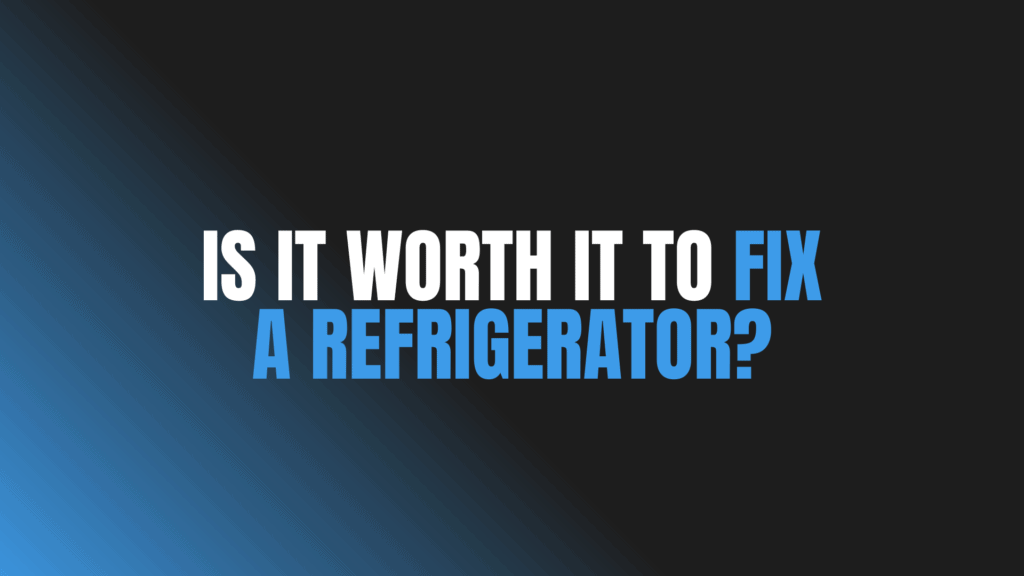
Is It Worth It To Fix a Refrigerator?
Question: Is It Worth It To Fix a Refrigerator? Answer: Yes, it is often worth it to fix a refrigerator. Consider the refrigerator’s age, repair cost versus replacement cost, and the appliance’s overall condition. If the repair is less than 50% of a new fridge, it’s usually a good investment. Refrigerator Repair: A Cost-Benefit Analysis … Continue reading Is It Worth It To Fix a Refrigerator?

Is It Cheaper To Buy a New Fridge or Replace the Compressor?
Question: Is It Cheaper To Buy a New Fridge or Replace the Compressor? Answer: Replacing a compressor is usually cheaper than a new fridge, but consider the fridge’s age. If it’s old, a new fridge might be more cost-effective in the long run due to increased energy efficiency. Refrigerator Repair: Compressor Replacement vs. New Purchase … Continue reading Is It Cheaper To Buy a New Fridge or Replace the Compressor?
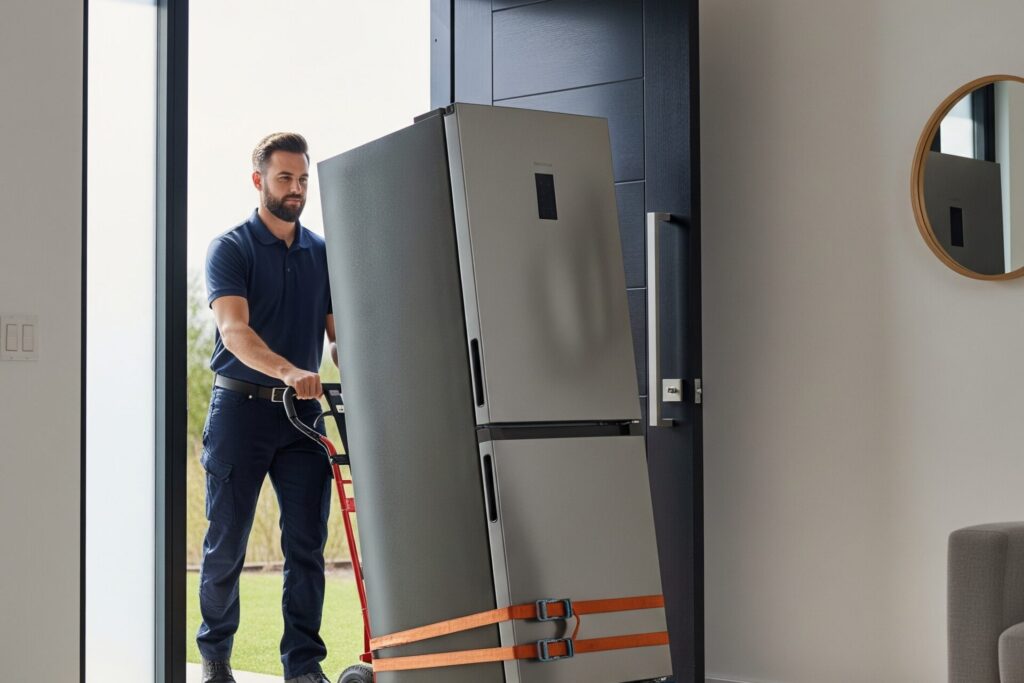
How Often Should I Replace My Refrigerator?
Question: How Often Should I Replace My Refrigerator? Answer: You should replace your refrigerator every 10-20 years. Consider replacing it sooner if repairs are frequent or costly, or if it’s inefficient and impacting your energy bills. Understanding Refrigerator Lifespan Refrigerators represent a significant investment for any household. Knowing when to replace your refrigerator can save … Continue reading How Often Should I Replace My Refrigerator?

